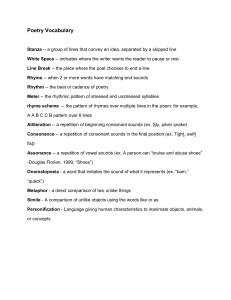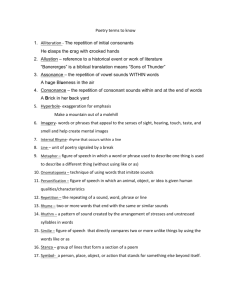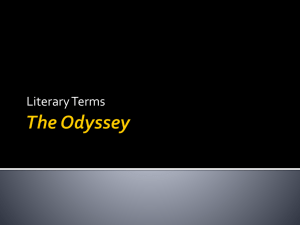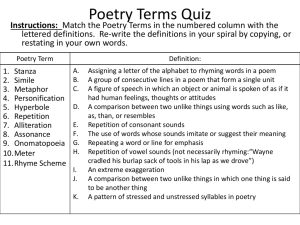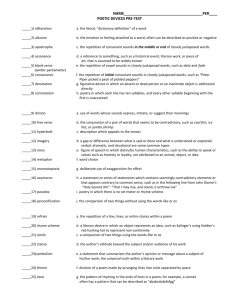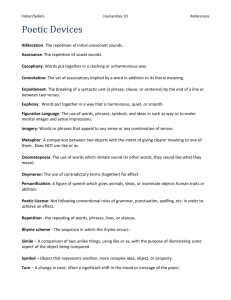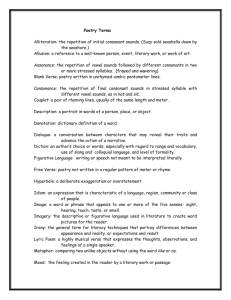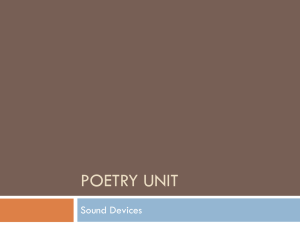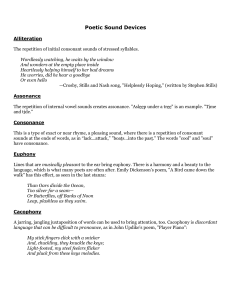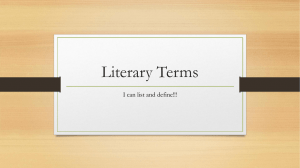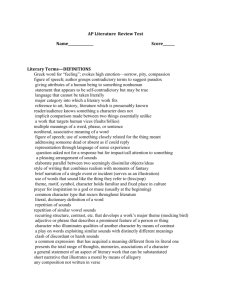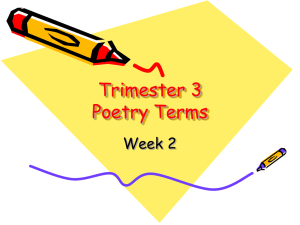Literary Devices Explained: Presentation for High School English
advertisement
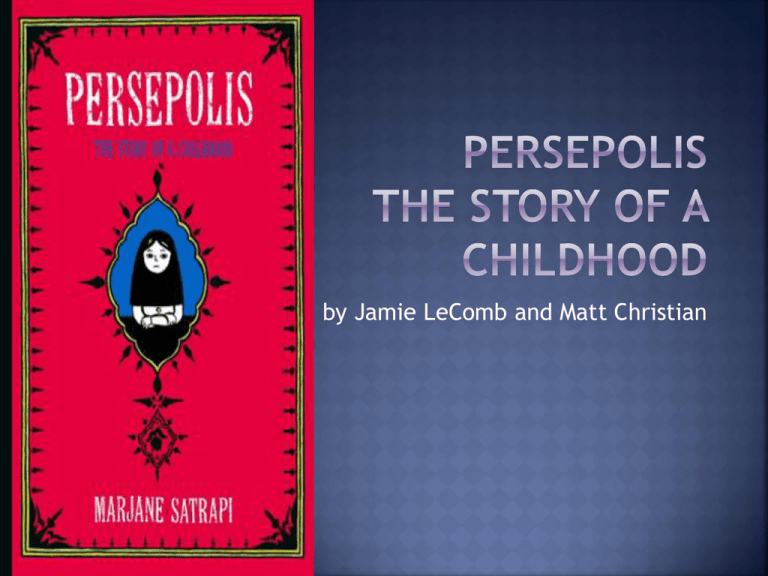
by Jamie LeComb and Matt Christian A reference to a historical figure, place, or event “It was funny to see how much Marx and God looked like each other” A broad comparison between two basically different things that have some points in common. A direct comparison between two basically different things. A simile is introduced by the words “like” or “as”. An implied comparison between two basically different things. Is not introduced with the words “like” or “as”. A great exaggeration to emphasize strong feeling. Human characteristics are given to nonhuman animals, objects, or ideas. An absent person or inanimate object is directly spoken to as though they were present. A part stands for the whole or vice versa. Hints given to the reader of what is to come. The use of concrete details that appeal to the five senses. A contrast between what is said and what is meant. Also, when things turn out different than what is expected. The overall atmosphere or prevailing emotional feeling of a work. A seemingly selfcontradictory statement that still is true. A series of events that present and resolve a conflict. The story being told. The vantage point from which an author presents the action in a work. The repetition of identical sounds at the ends of lines of poetry. The repetition of identical sounds within a line of poetry. A slant rhyme or half rhyme occurs when the vowel sounds are not quite identical. The time (both the time of day and period in history) and place in which the action of a literary work takes place. The repeating of a sound, word, phrase, or more in a given literary work. The repetition of consonant sounds at the beginnings of words.
